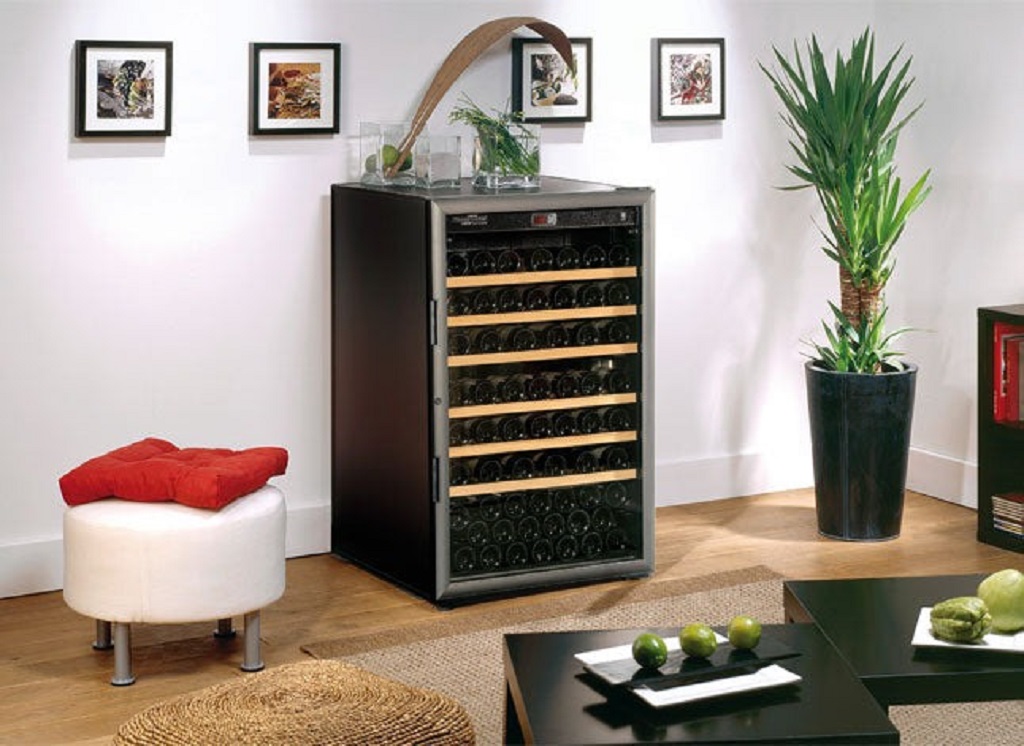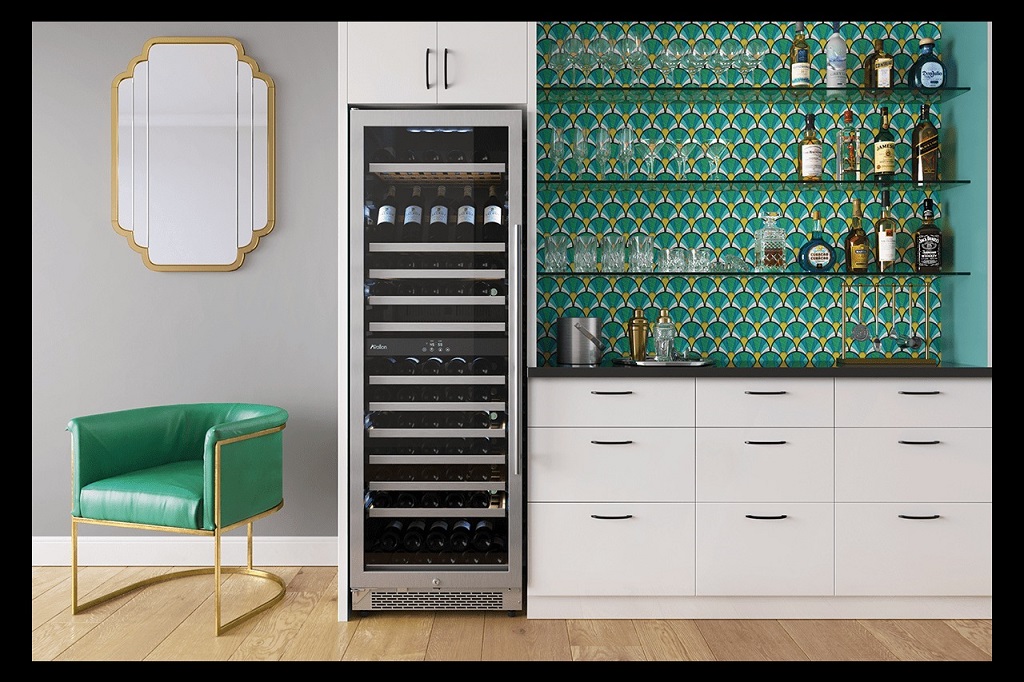Starting a wine collection is an exciting endeavor, but ensuring proper storage is critical to maintaining your investment. A wine fridge not only keeps your bottles at the ideal temperature but also protects their flavor profiles and longevity. Choosing the right size and type of wine fridge for a small collection can seem daunting with so many options available. Whether you’re an enthusiast with a growing interest or a casual collector, understanding your storage needs is essential. To learn about top-notch home appliances, explore Firstgradeappliances for expert recommendations.
This guide will walk you through the key factors to consider when selecting a wine fridge, from understanding bottle capacity and space limitations to exploring design features and energy efficiency. Stay tuned as we unlock expert tips for making the perfect choice!
Why a Wine Fridge is Essential for a Small Collection
Wine is a living product, and its quality depends heavily on storage conditions. A standard refrigerator may seem sufficient, but it lacks the stable humidity and precise temperature control necessary for wine storage. Wines stored at improper temperatures can age prematurely, lose their complexity, or develop off-flavors.
Studies reveal that wine ages best at a consistent 55°F, with humidity levels around 70%. Without proper storage, even high-quality wines can degrade over time. Wine fridges are designed to maintain these exact conditions, preserving your collection’s value and taste.
Moreover, for small collections, a wine fridge ensures your limited number of bottles are readily accessible, without taking up unnecessary space. These specialized units are also aesthetically pleasing, fitting seamlessly into modern kitchens or entertainment spaces.
Understanding Bottle Capacity and Your Storage Needs
When it comes to bottle capacity, size matters. Wine fridges often list their capacities based on standard 750ml Bordeaux bottles. However, if your collection includes Champagne, Burgundy, or other larger bottles, you may need a fridge with adjustable shelves.
Experts recommend choosing a wine fridge that offers 20–30% more capacity than your current collection to allow for future growth. For instance, if you have 20 bottles, consider a fridge with a 30-bottle capacity. This extra space accommodates unexpected purchases or gifts without overcrowding.
It’s also crucial to account for the types of wine in your collection. Red wines, whites, and sparkling wines have varying storage temperature needs. Dual-zone wine fridges are ideal for small collectors with diverse preferences, offering separate compartments with customizable settings.
Space Considerations: Choosing the Right Fit
Before purchasing, evaluate the available space in your home. Compact wine fridges, typically holding 6–24 bottles, are perfect for apartments or smaller kitchens. Built-in models can be installed under countertops, while freestanding units offer more flexibility in placement.
Measure your space carefully, ensuring adequate ventilation around the fridge. Most wine fridges require at least 2–3 inches of clearance on all sides for proper airflow. Insufficient ventilation can lead to overheating and affect the appliance’s performance.
For small spaces, slim-profile models as narrow as 12 inches are available, offering stylish designs without sacrificing functionality. Additionally, consider whether you’ll need a grill stand or want to place your wine fridge on a countertop for easy access. For more compact home appliance ideas, click on https://firstgradeappliances.com/category/home-appliance/contact-grills-home-appliance/.
Single-Zone vs. Dual-Zone Wine Fridges: Which is Best?
Understanding your wine preferences is key when deciding between single-zone and dual-zone wine fridges.
- Single-Zone Models
Perfect for collectors who primarily enjoy one type of wine, single-zone fridges maintain a consistent temperature throughout the unit. They are often more affordable and easier to use. - Dual-Zone Models
Designed for collectors with varied tastes, dual-zone fridges allow separate temperature settings in two compartments. For instance, you can store reds at 60°F and whites at 45°F simultaneously.
According to a report from Wine Enthusiast, dual-zone fridges are becoming increasingly popular due to their versatility and functionality. While they may cost slightly more, the flexibility they offer is invaluable for small but diverse collections.
Read More Also: Attracting Hoverflies With Dill and Fennel for Natural Pest Control in Vegetable Gardens
Energy Efficiency and Noise Levels
Modern wine fridges are designed to be energy-efficient, consuming minimal electricity while maintaining precise storage conditions. Look for models with an Energy Star certification for maximum efficiency.
Noise levels can also be a deciding factor, especially in small living spaces. Thermoelectric wine fridges are quieter than compressor-based models, making them ideal for bedrooms or open-concept apartments. However, they are better suited for moderate climates as they can struggle in warmer environments.
Top Features to Look for in a Wine Fridge
When selecting a wine fridge, consider features that enhance convenience and aesthetics:
- Adjustable Shelves: Essential for accommodating bottles of various shapes and sizes.
- UV-Protected Glass Doors: Prevents light exposure, which can degrade wine quality.
- Lockable Doors: Offers added security for valuable collections.
- Digital Controls: Allows precise temperature adjustments with minimal effort.
Investing in a fridge with these features ensures your collection remains in pristine condition while adding a touch of elegance to your space.
FAQs
What size wine fridge is best for a small collection?
A compact fridge with a 6–24 bottle capacity is ideal for small collections. Consider future growth and the types of wine you plan to store.
Can I store both red and white wine in a single-zone fridge?
Yes, but you’ll need to set a compromise temperature, typically around 55°F, which is suitable for short-term storage of both reds and whites.
Do wine fridges consume a lot of electricity?
No, most modern wine fridges are energy-efficient, especially those with an Energy Star rating.
How important is humidity control in a wine fridge?
Humidity control prevents corks from drying out and allows wine to age gracefully, making it an essential feature.
Should I buy a thermoelectric or compressor wine fridge?
Choose a thermoelectric model for quiet operation in cooler climates, and a compressor fridge for more powerful cooling in warmer conditions.
Can I place my wine fridge in the garage?
It’s not recommended unless the garage is climate-controlled, as extreme temperatures can impact the fridge’s performance.
Conclusion
Choosing the right size and type of wine fridge for a small collection involves balancing your current storage needs with potential growth. From evaluating space constraints to understanding temperature zones and energy efficiency, every factor contributes to the perfect choice.





